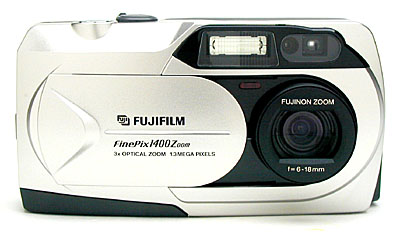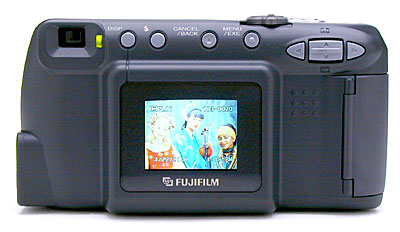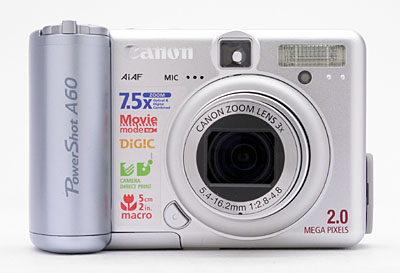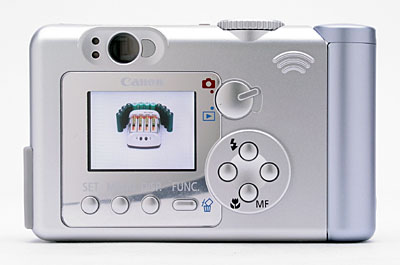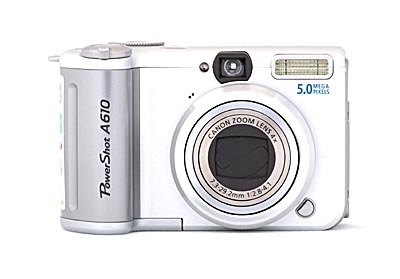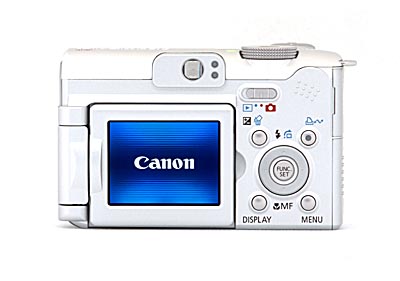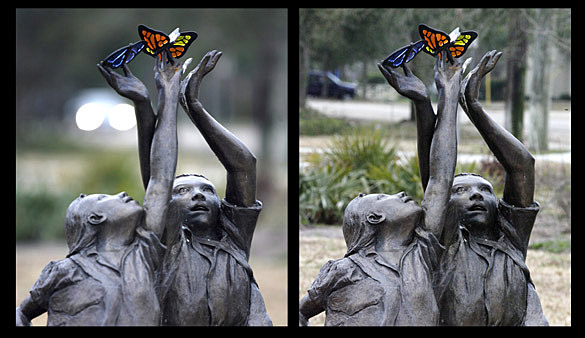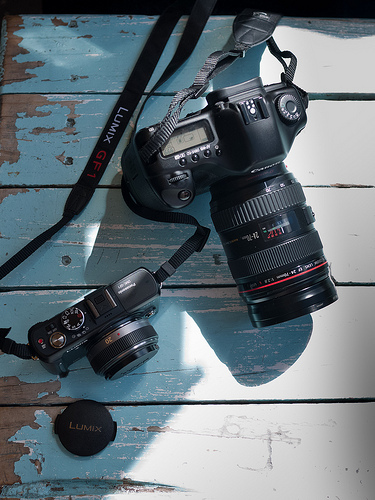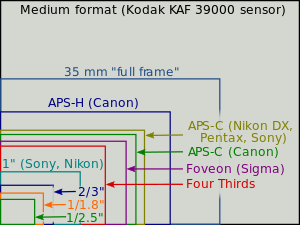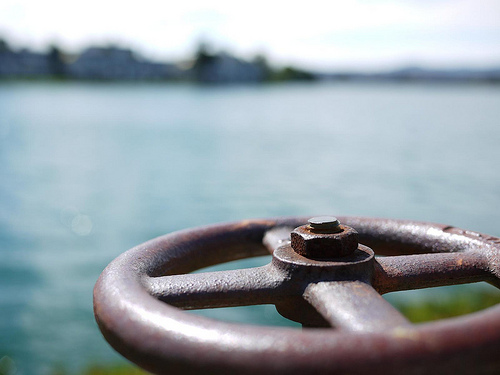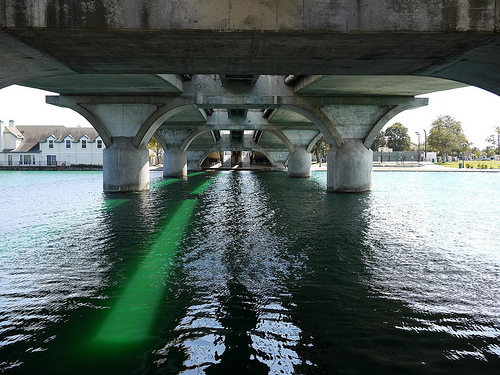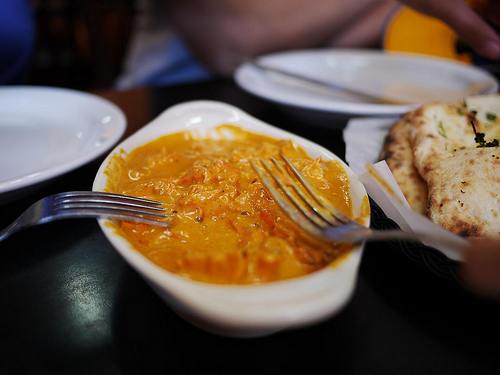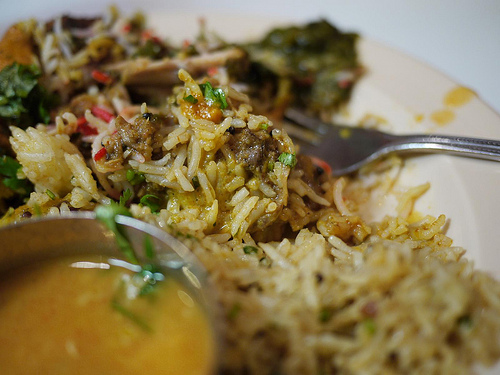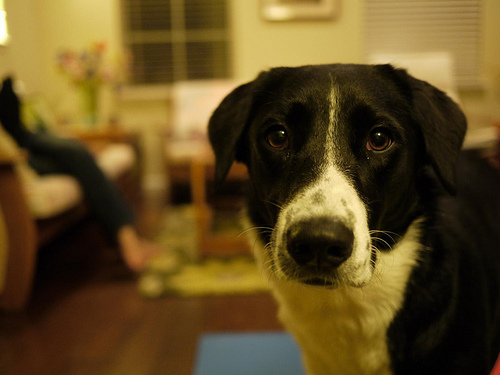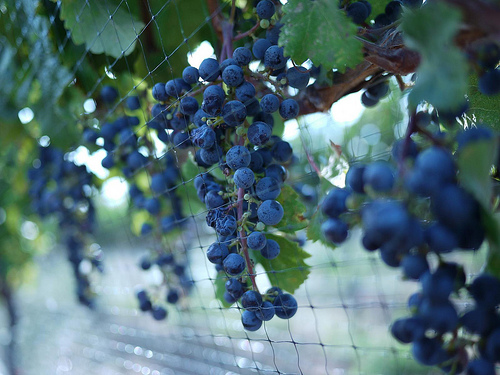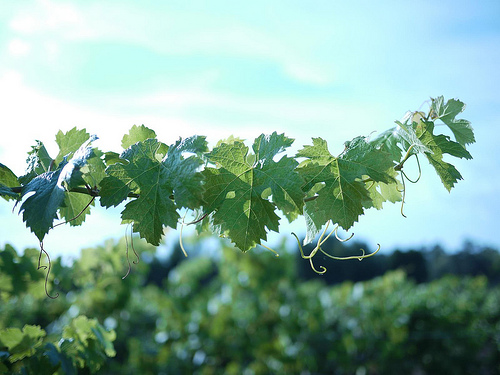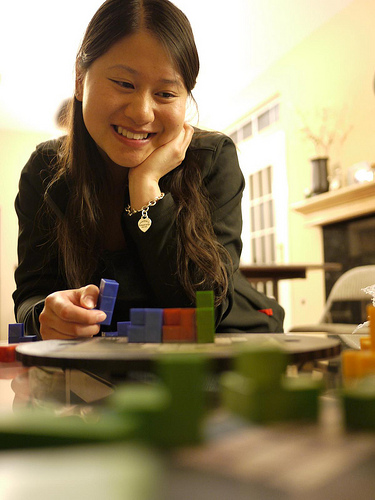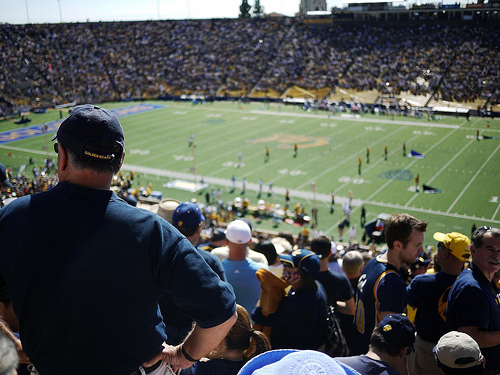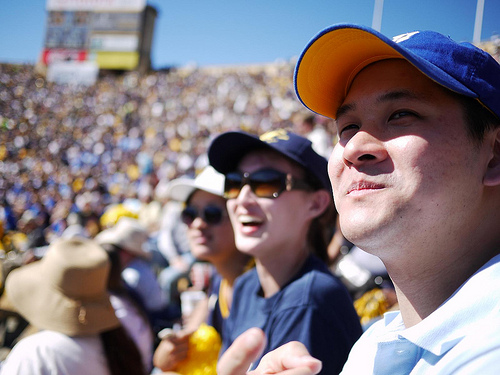[1] History
10 years ago when digital compact cameras started to enter the consumer market, I knew right off the bat they were going to be revolutionary. For the first time photographers didn’t have to worry about wasting film or time scanning them.
Fuji Finepix 1400Z (bought in 2000)
My first digital camera was the 1.3 megapixel Fuji Finepix 1400Z while I was still in college. Having just started my first paid summer internship, this gadget costed a fortune! It was however only a no-frills camera — one with a tiny LCD back screen, but which could take reasonable photos. It served me 3 long years before it refused to power back on.
Canon A60 (bought in 2003)
It wasn’t too long until I picked my replacement camera — the Canon A60. By then, Canons had taken the throne of compact point and shoot (P&S) camera, and this 2 megapixel camera proved to be a joy to shoot with. With a slew of new features in a smaller, slicker and sturdier body, it went with me through graduate school. But like my last camera’s short lifespan, I lost this camera while attending a wedding…(including all the wedding photos!!)
Canon A610 (bought in 2006)
I liked the A60 so much, I replaced it with its successor, the Canon A610. Looks the same, but with overall improved features + swivel screen in the back! This was probably my all time favorite camera — it did everything I wonderfully.
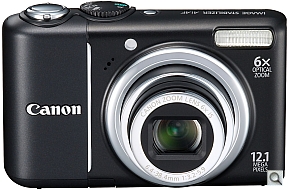
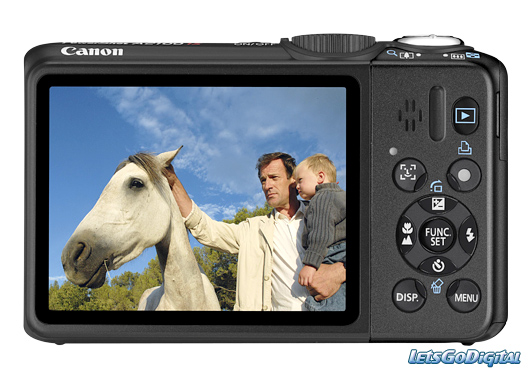
Canon A2100IS (bought in 2009)
Three years later, I decided to upgrade again with Canon, and blindly picked the best model in the Canon Powershot A family: the A2100IS.
[2] Problem
Unfortunately I didn’t realize the A2100IS was actually a step back from the A610 in terms of usability, despite having a newer processor, more megapixels and image stabilization. Two main things it failed at (which I did not realize until afterwards):
- Sensor size reduced: difficulty burring backgrounds and hard to shoot in low light situations
- Slower max. shutter speed: won’t be able to capture fast moving objects
Had I done more research and known these mattered, I wouldn’t have made such a bad decision! Unsatisfied and disappointed, I went back in search for a more capable camera. Naturally I considered DSLRs, as they perform in every way better than P&S. For one thing, with a larger sensor size, DSLRs capture shallow depth of field/the blurry background extremely well:
Left: DSLR with background blurred.
Right: regular compact P&S camera
But with all great things, it comes with a cost of being extremely huge:
Look at the size of a DSLR camera!
[3] Solution
I was stuck wanting the
compactness of a P&S with the
features of a DSLR. As luck has it though, the
Micro Four Thirds format arrived in 2009 to combine the best of both worlds. The first thing to notice is the sensor size of the micro four thirds bumps 5~9x from compacts, and nearly matching DSLRs (see red box):
Sensor size comparison
Compact camera: 1/2.5″, 1/1.8″, 1/1.7″, 1/1.6″
Micro four thirds: 5-9x compact camera size
DSLR: APS-C sensors
So here it is, my 5th camera, the Panasonic GF1 with a 20mm f1.7 lens. Looks and feels like a compact camera, but with near DSLR qualities:
Panasonic GF1 + 20mm f1.7
[4] Comparison
It’s quite useful to compare my past cameras over time:
|
Fuji 1400Z |
Canon A60 |
Canon A610 |
Canon A2100 |
Panasonic GF1 |
| Year bought |
2000 |
2003 |
2006 |
2009 |
2010 |
| Max shutter speed |
1/750 |
1/2000 |
1/2500 |
1/1600 |
1/4000 |
| Max Aperture (f/) |
0.29 (f/3.5) |
0.36 (f/2.8) |
0.36 (f/2.8) |
0.31 (f/3.2) |
0.59 (f1.7) |
| sensor size (cm²) |
0.2 |
0.2 |
0.38 |
0.28 |
2.43 |
| Megapixel |
1.3 |
2 |
5 |
12.1 |
12.3 |
| Sensor type |
CCD |
CCD |
CCD |
CCD |
CMOS |
| Macro range |
10cm |
5cm |
1cm |
1cm |
lens dependent |
| Memory Type |
SmartMedia |
Compact Flash |
SD |
SD/SDHC |
SD/SDHC |
| Weight (g) |
350 |
315 |
285 |
185 |
315 |
| Battery |
4AA |
4AA |
4AA |
2AA |
Lithium |
| Max resolution |
1280 x 960 |
2048 x 1536 |
2592 x 1944 |
4000 x 3000 |
4000 x 3000 |
Even though megapixels don’t play a large role anymore (honestly I’m satisfied with 2MP), here’s a visual progression:
Next, notice how the sensor size in P&S (my first 4 cameras) has always been consistently small. But once we enter DSLR territory, it’s quite a dramatic jump! Better low light photography and better blurry backgrounds!
Aperture is how large the lens can open up…the smaller the f-stop # the better. [
link] Notice how the A2100 wasn’t even better than the previous A610!
Lastly, lower shutter speed allows capturing faster objects! =P
[5] Conclusion
There’s still a lot of technical aspects of photography I have yet to understand, but with the GF1, I can now explore photography like I’ve never done before! Here’s a sample of some test shots so far:
